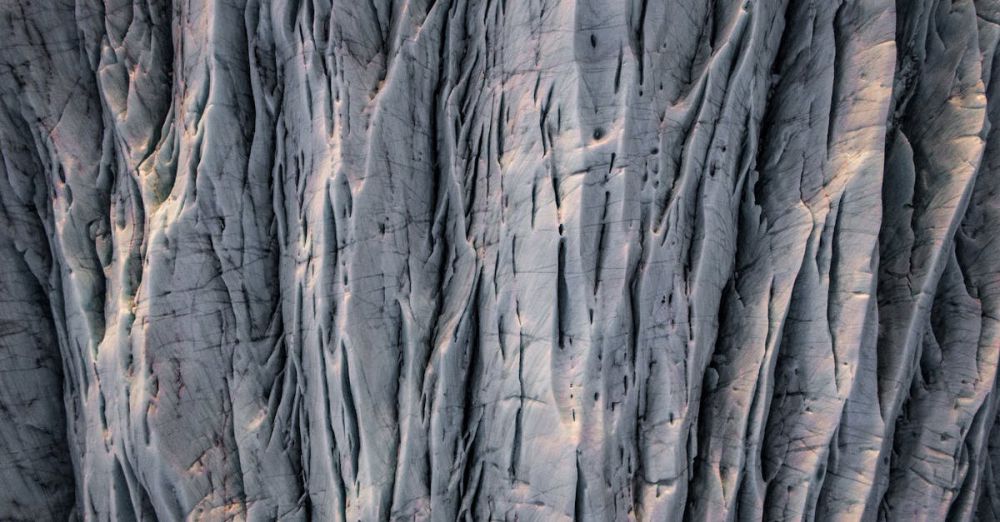How Can You Capture Stunning Nature Shots on a Photography Tour
Embarking on a photography tour is an exhilarating way to immerse yourself in nature while honing your skills behind the lens. Nature photography allows you to express creativity, capture fleeting moments, and connect deeply with the environment. Whether you’re a seasoned photographer or a novice with a newly acquired camera, there are essential tips and techniques that can elevate your nature shots from ordinary to extraordinary.
Understanding Light and Timing
One of the most crucial aspects of photography is lighting. The golden hour, which occurs shortly after sunrise and just before sunset, offers soft, diffused light that adds warmth and depth to your images. The colors during this time are vibrant and can transform a mundane scene into something magical. Conversely, the harsh midday sun can create unflattering shadows and washed-out colors. Plan your photography tour around these optimal times to make the most of natural light.
Additionally, don’t shy away from overcast days. Cloudy skies act as a natural diffuser, softening shadows and enhancing colors. Instead of seeing it as a disadvantage, embrace the unique opportunities that different lighting conditions can provide.
Composing Your Shots
Composition is key to creating visually appealing photographs. Familiarize yourself with the rule of thirds, which suggests dividing your frame into a grid of nine equal sections. Placing your main subject along these lines or at their intersections can create a more balanced and engaging image. However, don’t hesitate to break the rules when necessary; sometimes unconventional compositions yield the most striking results.
Incorporate leading lines, such as trails, rivers, or fences, to guide the viewer’s eye into the scene. Framing your subject with natural elements like trees or rocks can also add depth and context to your photos. Experiment with different angles and perspectives to find the most compelling way to present your subject.
Capturing Details
While sweeping landscapes are breathtaking, don’t overlook the beauty in the details. Close-up shots of flowers, leaves, or textures can tell a story that wide-angle shots sometimes miss. A macro lens can help you capture intricate details that the naked eye might overlook, revealing the delicate beauty of nature.
Pay attention to patterns, colors, and shapes. Nature is filled with fascinating textures, whether it’s the bark of a tree, the surface of a rock, or the petals of a flower. These details can add an interesting dimension to your portfolio.
Being Patient and Observant
Nature photography requires patience. Wildlife, changing weather, and the perfect moment can take time to align. Find a comfortable spot, set up your camera, and wait for the action to unfold. Observe your surroundings: the way light interacts with objects, animals in their natural habitat, and the subtle changes in the environment.
Sometimes, the best shots come when you least expect them. Allow yourself to be in the moment, and let the beauty of nature inspire your creativity. The more you observe, the more likely you are to capture something extraordinary.
Utilizing the Right Equipment
While it’s true that the photographer makes the shot, having the right equipment can significantly enhance your ability to capture stunning images. A sturdy tripod is essential for stability, especially in low-light conditions or when using longer exposures. A polarizing filter can help reduce glare and enhance colors, particularly when photographing water or wet surfaces.
Familiarize yourself with your camera settings ahead of time. Understand the relationship between aperture, shutter speed, and ISO to help you adapt quickly to changing conditions. If you’re unsure, practice at home before heading out on your tour.
Embracing Post-Processing
Post-processing is a valuable tool in nature photography. After your tour, take the time to edit your images using software like Adobe Lightroom or Photoshop. Adjusting elements like exposure, contrast, and saturation can bring your photos to life, making them more vibrant and engaging. However, aim to enhance rather than alter the true essence of the scene.
Investing time in learning post-processing techniques can significantly improve your final images, allowing your creativity to shine even brighter.
Final Thoughts on Capturing Nature
Capturing stunning nature shots on a photography tour is an art form that combines skill, patience, and an eye for detail. By understanding light, mastering composition, and utilizing the right equipment, you can create breathtaking images that showcase the beauty of the natural world. Embrace every moment, experiment with your surroundings, and allow your passion for photography to guide you on your journey through nature. Each click of the shutter is an opportunity to tell a story—make it a memorable one.







